
A trial test on the main engine of the Long March-10, a new carrier rocket designed for manned moon landing missions, on July 23, 2023. (Photo/A screenshot from the China Central Television News App)
China successfully carried out a trial test on the main engine of the Long March-10, a new carrier rocket designed for manned moon landing missions, on Saturday, as the country actively makes progress on the road to realizing its goal of landing taikonauts on the moon by the year 2030.
The test assessed all the requirements for the engine, and provided strong support for the solidification for its technical state, the establishment of the technical baseline of the product and improving reliability, the Global Times learned from the China Aerospace Science and Technology Corporation (CASC) 6th Academy on Sunday.
The engine used in the test employs advanced liquid oxygen as fuel and can reach a thrust of 130 tons. It is an updated version of China's strongest active rocket engine, which has a thrust of 120 tons and is used in rockets including the Long March-5.
Although the thrust of the engine has only improved by 10 tons, the first stage of the Long March-10 will reportedly carry 21 engines. This will add another 210 tons of the thrust in total, Wang Yanan, chief editor of Beijing-based Aerospace Knowledge magazine, told the Global Times on Sunday.
Zhou Xianqi, a researcher from the CASC, told the Global Times that "the engine has met all the requirements in the Saturday test." He noted that the engine's startup, shutdown and running stability under high and low conditions have been tested, and all relevant parameters have been obtained.
During the development of the engine, many new materials, new processes and new technologies were applied. Researchers have overcome a number of key technical problems such as the sequence of the engine's start-up and shutdown, continuously changing the engine's thrust at scale, in addition to the engine's long life and improved reliability, laying a solid foundation for the engine's future development, the Global Times learned.
"In the second half of this year, we will conduct several high-altitude simulation tests to determine the relevant performance and parameters of this engine," Zhou added.
The new carrier rocket has mainly been developed for the purpose of sending spacecraft and moon landers into the Earth-moon transfer orbit, Rong Yi, a rocket expert with the CASC China Academy of Launch Vehicle Technology, was quoted as saying by the Xinhua News Agency on Saturday.
The rocket uses liquid hydrogen, liquid oxygen and kerosene as propellants. It has a total length of about 92 meters, a takeoff weight of about 2,187 tons, a takeoff thrust of about 2,678 tons, and a carrying capacity of no less than 27 tons for the Earth-moon transfer orbit, according to Xinhua.
A non-booster configuration of the new rocket is capable of conducting missions for transporting taikonauts and cargo to the space station. Its total length is about 67 meters, the takeoff weight is about 740 tons, the takeoff thrust is about 892 tons, and the low-Earth orbit carrying capacity is no less than 14 tons.
The Long March-10 serves as strategic pillar for China's aim to land taikonauts on the moon before 2030. Preparations for the maiden flight are expected to start in 2027, Rong told Xinhua.
Experts are confident that China will be able to accomplish a manned moon landing before 2030 if the Long March-10 can carry out its maiden flight in 2027, as many parts of the carrier rocket such as the engine, core module and other technical structures are upgrades from those in the Long March-5 series of carrier rockets and so have already been fully tested, according to Wang.
China revealed on July 12 that its primary plan is to carry out a manned moon landing before 2030. To achieve this goal, the country will attempt to use two launch vehicles to send a moon surface lander and manned spacecraft into lunar orbit, which will then rendezvous and dock with each other. Following this maneuver, taikonauts onboard the manned spacecraft will enter the lander.
Apart from the progress with the high-thrust engine and the Long March-10 carrier rocket, China is also actively developing spacecraft and lunar landers for the manned moon landing.
China's new-generation of manned spacecraft successfully entered orbit by Long March-5B carrier rocket and returned to Earth during tests in May 2020. Based on the new spacecraft, China is also advancing development of near-Earth spacecraft designed to accommodate four to seven crew members, building a future for space tourism.
China's lunar lander weighs about 26 tons and consists of a lunar landing module and propelling module. It can bring taikonauts down from lunar orbit to land on the moon and send them back to lunar orbit. The lunar lander is also able to conduct autonomous flight. The lunar lander will also carry scientific payloads for exploration focusing on lunar geology and lunar physics, observation, space life sciences, as well as deep drilling on the lunar surface and utilization of lunar resources, according to Xinhua.
In addition to the lunar rover, China also plans to develop a lunar mobile laboratory with large-scale mobile capability, which can realize long-term unmanned autonomous activities on the lunar surface and support taikonauts for short time stays, Xinhua said.








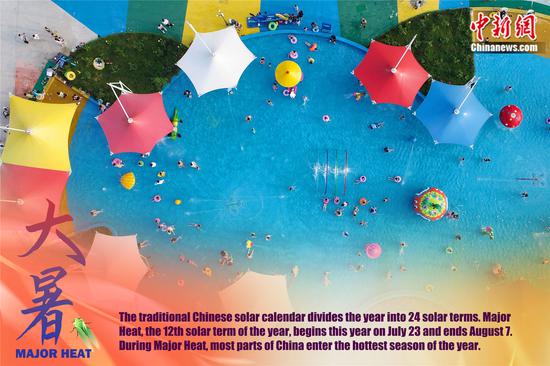
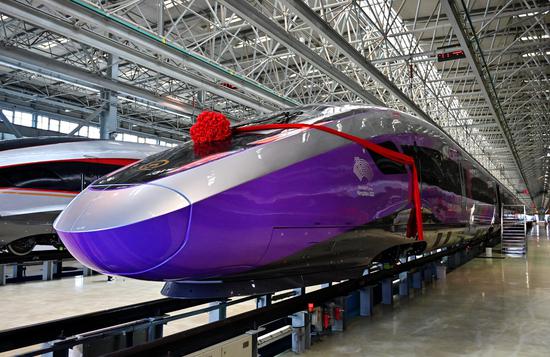


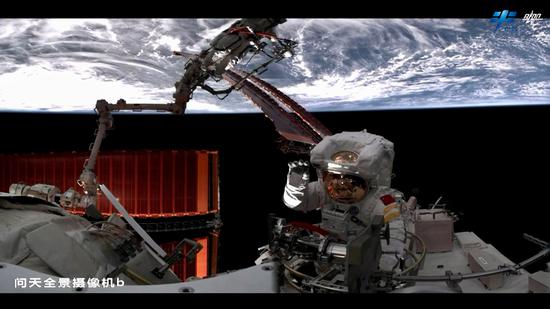





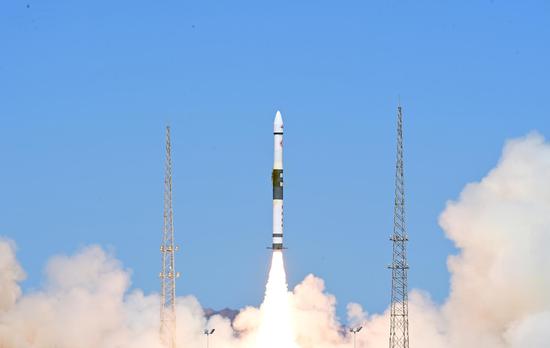
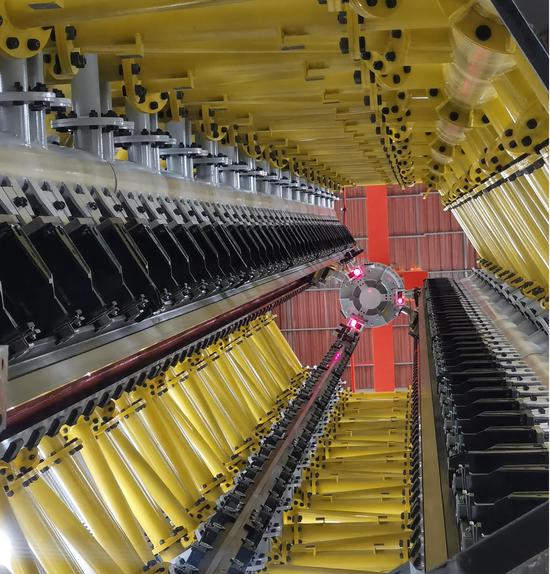





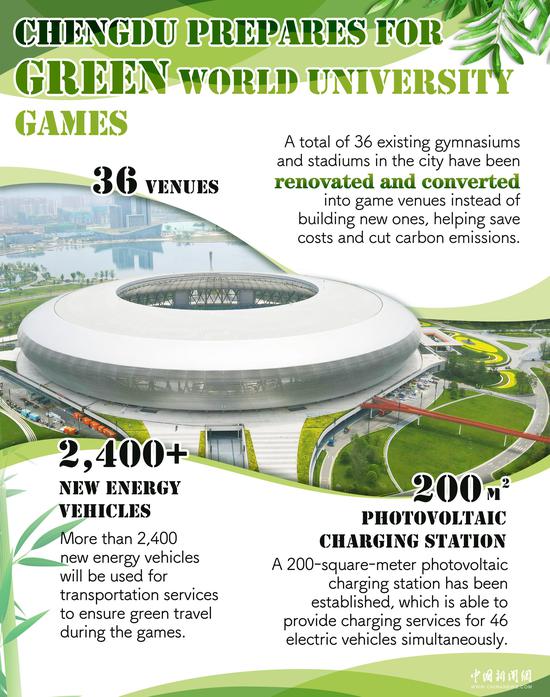

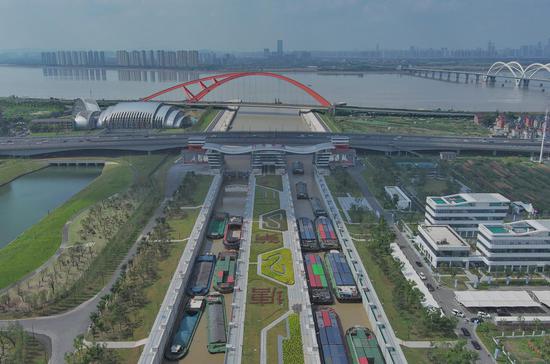
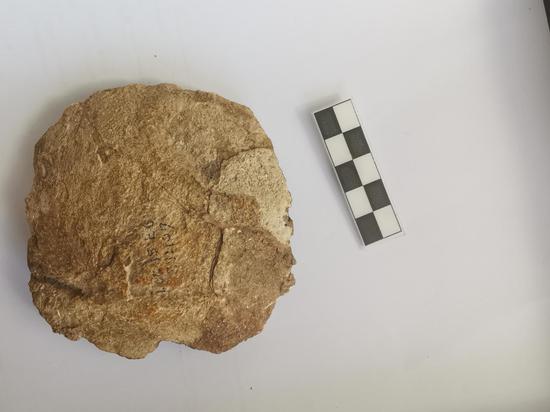



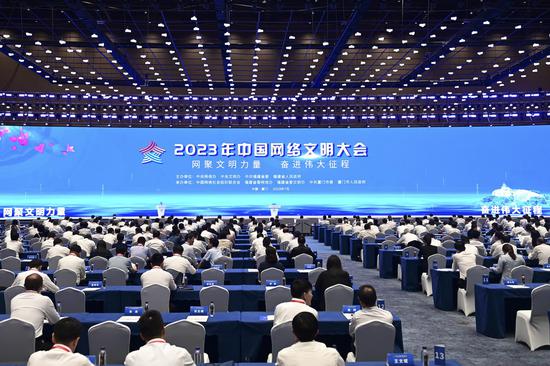


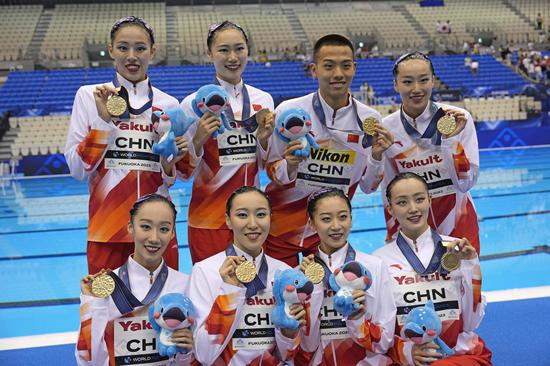



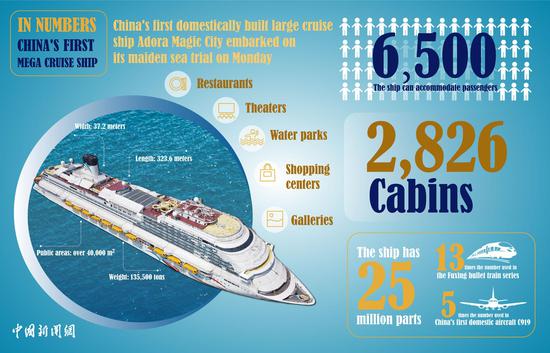



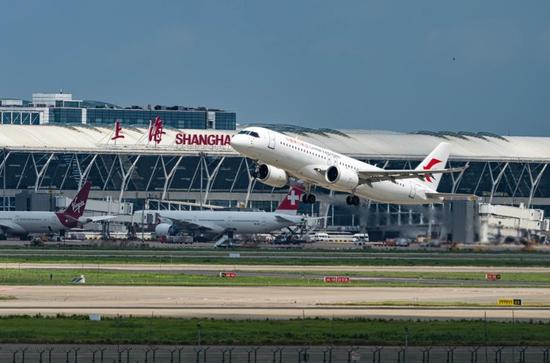
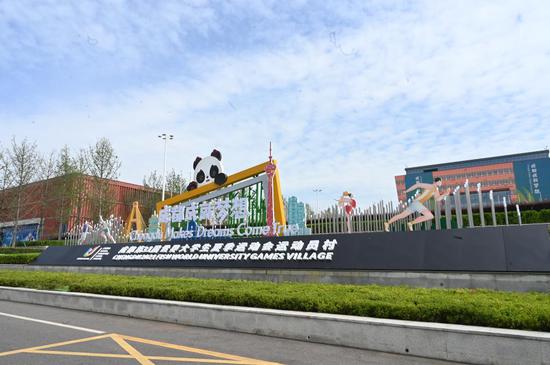





 京公网安备 11010202009201号
京公网安备 11010202009201号